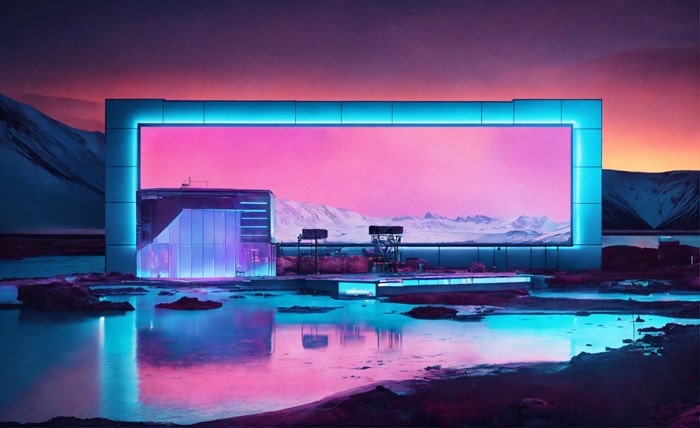As warmer weather approaches, many homeowners are looking to transform their backyards into functional and fun spaces for relaxation and entertainment. One of the most popular trends is creating an outdoor entertainment center. This guide will take you through everything you need to know to design and build your perfect outdoor oasis.
Why Create an Outdoor Entertainment Center?

Benefits of an Outdoor Entertainment Space
An outdoor entertainment center extends your living space, offering a new area for socializing, dining, and relaxing. Here are some key benefits:
Increased Home Value: Well-designed outdoor spaces can boost your property value.
Health Benefits: Spending time outdoors can reduce stress and improve overall well-being.
Enhanced Social Life: Perfect for hosting gatherings with friends and family.
Enjoyment of Nature: Offers a way to enjoy fresh air and natural surroundings without leaving home.
Planning Your Outdoor Entertainment Center
Before diving into construction, it’s essential to plan thoroughly. Consider the following:
Purpose: Determine how you want to use the space (e.g., dining, watching movies, playing games).
Budget: Set a realistic budget to guide your project.
Space Available: Measure your outdoor area to understand the layout and limitations.
Climate: Think about weather conditions and how they might impact your setup.
Essential Components of an Outdoor Entertainment Center
Seating and Comfort
Comfortable seating is crucial for any entertainment area. Consider a mix of seating options:
Outdoor Sofas and Sectionals: Perfect for lounging and conversation.
Dining Sets: Ideal for outdoor meals.
Chairs and Benches: Provide additional seating for larger gatherings.
Hammocks and Swings: Add a fun and relaxing element.
Audio and Visual Equipment
To create a true Entertainment hub, integrate high-quality audio and visual components:
Outdoor TV or Projector: Choose weather-resistant models designed for outdoor use.
Sound System: Opt for waterproof speakers to ensure durability.
Lighting: Use ambient and task lighting to set the mood and enhance visibility.
Cooking and Dining
An outdoor kitchen can significantly enhance your entertaining capabilities:
Grill or BBQ: Essential for any outdoor cooking setup.
Pizza Oven: Adds variety and fun to your dining options.
Refrigerator and Storage: Keeps food and beverages conveniently close.
Dining Area: Ensure you have ample space for eating, whether through a dedicated table or bar area.
Shelter and Shade
Protect your outdoor space from the elements to maximize comfort:
Pergolas and Gazebos: Provide shade and shelter.
Retractable Awnings: Offer flexibility to adapt to weather conditions.
Outdoor Umbrellas: Easy to move and adjust as needed.
Décor and Ambiance
Adding personal touches can make your outdoor entertainment center feel like an extension of your home:
Plants and Greenery: Integrate nature with potted plants or garden beds.
Fire Pit or Fireplace: Create a cozy atmosphere for cooler evenings.
Decorative Elements: Incorporate rugs, cushions, and artwork for a personalized touch.
Installation and Maintenance
Hiring Professionals vs. DIY
Decide whether to hire professionals or tackle the project yourself. Professional help ensures quality and adherence to local building codes but can be more expensive. A DIY approach can save money but requires more time and effort.
Maintenance Tips
Regular maintenance keeps your entertainment center looking and functioning at its best:
Clean furniture and equipment regularly.
Protect items with covers or store them during harsh weather.
Perform seasonal checks and repairs as needed.
Conclusion
Creating an outdoor entertainment center is a Rewarding project that can transform your backyard into a vibrant and functional space. With thoughtful planning and the right components, you can design an area that caters to your entertainment needs and enhances your home life.
FAQs
How much does it cost to build an outdoor entertainment center?
Costs vary widely depending on the size, materials, and features you choose. A basic setup might start around $1,000, while more elaborate designs can run upwards of $10,000 or more.
What are the best materials for outdoor furniture?
Look for materials that are weather-resistant and durable, such as teak, aluminum, wicker, and certain plastics designed for outdoor use.
How can I protect my outdoor electronics?
Use weatherproof covers, place electronics under sheltered areas, and consider equipment specifically designed for outdoor conditions.
What should I do during winter or bad weather?
Store movable items indoors, use protective covers for larger pieces, and ensure electronics are properly shielded from moisture.
